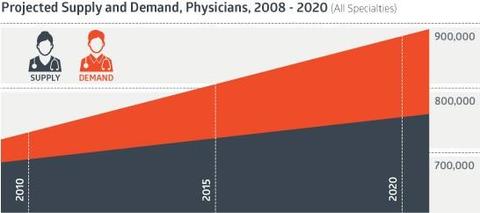Meditech signs up 8 Steward hospitals for its web-based EHR
Dec 6, 2017
Eight more hospitals in for-profit Steward Health Care System will roll out the new web-based electronic health record system from Meditech.
Steward, which operates some three dozen community hospitals across ten states, is a longtime Meditech client. It say eight additional hospitals in Massachusetts, Pennsylvania, Ohio, and Florida will implement Meditech's Web-based Enterprise Health Record 2018.
Julie Berry, Steward Health Care System's CIO, said the expansion of MEDITECH's new Web EHR is meant to further enhance quality and safety while offering a cost-effective system for organizations working to deliver value-based care.
"Steward is committed to providing world-class care in a more coordinated, efficient manner in the communities where our patients live," said Berry in a statement. "Expanding our Meditech EHR throughout the organization was a key component in moving us toward a more integrated healthcare delivery.
Steward deploys legacy platforms from Westwood, Massachusetts-based Meditech, but Berry said the health system was intrigued by the innovative structure of the new web-based platform.
"It's exciting to be deploying solutions built for the web to aid in improving quality and population health, while continuing to drive costs down," she added. "Leveraging Meditech's innovative Web EHR to help navigate an ever-changing climate was a vital part of our decision to move forward with Meditech."
The cloud-based platform aims to offer smaller hospitals robust functionality at a sustainable price, said Meditech Executive Vice President Helen Waters.
"Meditech values our long-term relationship with Steward Health Care and we're pleased to have them continue to transform care across North America in the ambulatory and acute environment with Meditech's modern web solution," said Waters.
Source: Healthcare IT News (View full article)
Dan Corcoran | Permalink | Comments (0)











